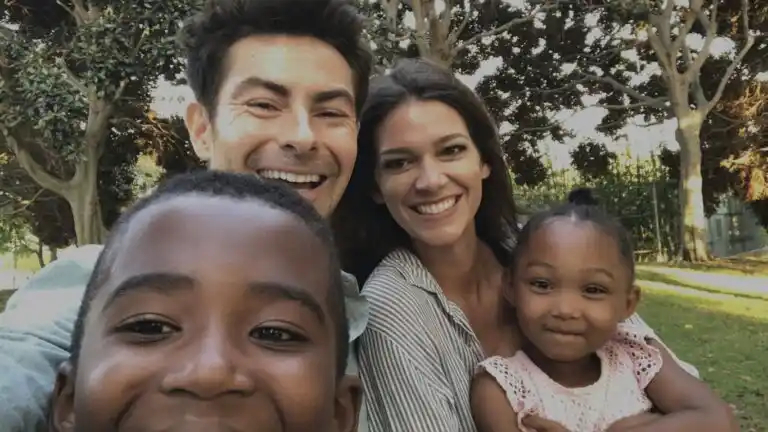
Bringing Families Together Across Borders
A look at International Adoption.
Share Your Story With Us!International Adoption is when you adopt a child from overseas and bring them back to the United States. Immigration regulations in the United States have become increasingly complex, making overseas adoptions difficult though there are highly experienced agencies that can help you with this if you are determined to adopt internationally. See our Resources.

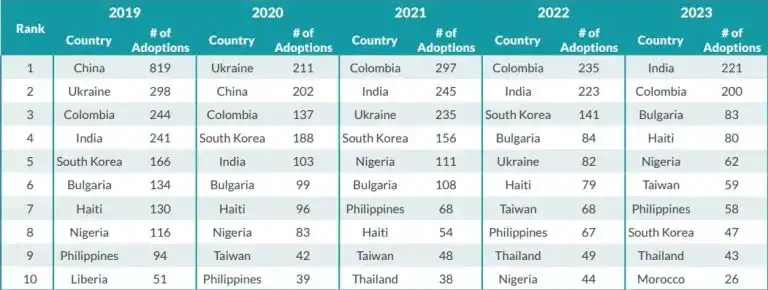
Also known as Intercountry Adoptions
“In 2022, a total of 1,516 children were adopted into the U.S. via intercountry adoption.
This decreased 14.78% from the previous year. This trend was observed in 32 states, while adoption numbers increased in 13 states and D.C. and remained the same in five states.” -NCFA: Adoption by the Numbers
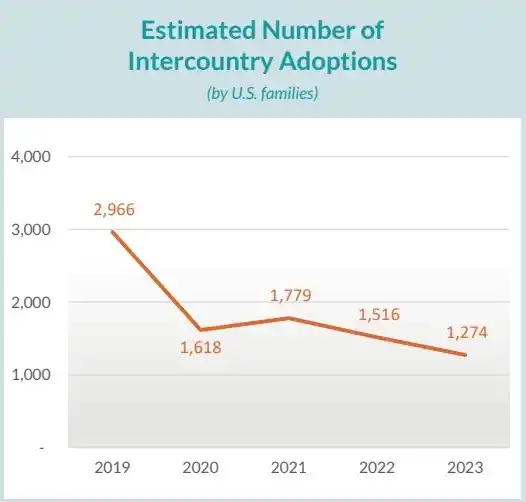 NCFA: Adoption by the Numbers
NCFA: Adoption by the Numbers
The Pros of International Adoption
Global Family Connections
Many families feel a deep connection to certain cultures and are eager to embrace and celebrate this.
The Child is Already Cleared for Adoption
International adoption programs offer stable and uncontested placements because parental rights of birth parents have already been terminated.
Saving Lives
International Adoption can offer children in need access to healthcare, education, and stability.
The Cons of International Adoption
Costs
Travel expenses, legal fees, and extensive paperwork can make international adoption financially demanding.
Complex Legalities and little to no family history known
Every country has unique requirements, and processes can get delayed or interrupted. Closed adoptions are the norm. There is seldom any communication with the biological family and medical history is usually unavailable.
Cultural and Emotional Adjustments
Adoptees and Adoptive Families may face challenging adjustments to new cultural contexts and emotional landscapes.
Hague Convention Standards
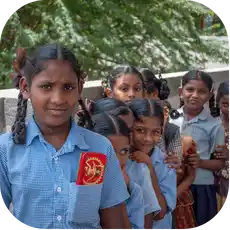
Purpose
Ensure that inter-country adoptions are in the best interest of children.

Country Must have a Central Authority to Oversee International Adoptions
The State Department is the Central Authority in the United States
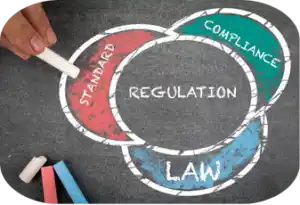
Country Must have an accrediting body in place to ensure that adoptions are in compliance with standards.
The Primary Accredited organization for all individuals and Agencies in the US is the Inter-country Adoption Accreditation and Maintenance Entity (IAAME).

“Subsidiary Principle”
All options for placement must be exhausted within the country before a child can become eligible for Inter-country adoption. (See chart below)
A third agency, The U.S. Citizen and Immigration Service (USCIS) determines the suitability of prospective adoptions parents and the eligibility of the child to immigrate to the United States.
The Subsidiary Principle
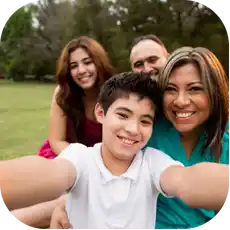
Reunification with Biology Family
The Subsidiary Principle recommends that children be reunited with their biological family if at all possible as a first step.

Placement with Known Relatives
If the first step is not possible then a kin or relative can be sought to parent the children.

Eligible for Adoption Domestically
If placement with relatives is not possible, then children are eligible to adopted domestically.

Eligible for Adoption Internationally
If domestic adoption does not take place in a timely manner, then the child becomes eligible to be adopted internationally.
It can take years for this process to be followed and consequently, children are usually older by the time they are eligible to be adopted internationally. The tragic side of this is that children end up living in institutions or transitional situations for long periods of time which negatively impacts their growth and development.

It’s critical to prepare, so that you can
Meet your childs needs
Children have often experienced:
- separation from their birth parents,
- growing up in institutional communal care, or
- spending time in foster placements abroad
They have unique needs that require prospective adoptive parents to be educated and equipped to help their child transition and thrive in a permanent family home.
The National Council for Adoption offers The Inter-country Adoption Journey. A 10 hour set of courses which meets Hague requirements.
Through real life adoption scenarios you’ll learn about:
- cognitive and social development,
- cultural and racial considerations,
- communication barriers, and more
The Starfish Story
A helpful way to think about International Adoption
An old man was walking on the beach one morning after a storm. In the distance, he could see someone moving like a dancer. As he came closer, he saw that it was a young woman picking up starfish and gently throwing them into the ocean. “Young lady, why are you throwing starfish into the ocean?” “The sun is up, and the tide is going out, and if I do not throw them in they will die,” she said.
“But young lady, do you not realize that there are many miles of beach and thousands of starfish? You cannot possibly make a difference.” The young woman listened politely, then bent down, picked up another starfish and threw it into the sea. “It made a difference for that one.”
Additional Resources and Support
U.S. Department of States International Adoption Overview
Reliable guidelines and country Specific Regulations
Intercountry Adoption - U.S. Department of StateHague Convention Adoption Portal
Offers information on agencies and compliant countries.
Hague Process - U.S. Citizenship and Immigration Services (USCIS)Countries allowing Placement in the United States.
This button will take you to Heart to Heart Adoption
Adoption Network - International Adoption Information